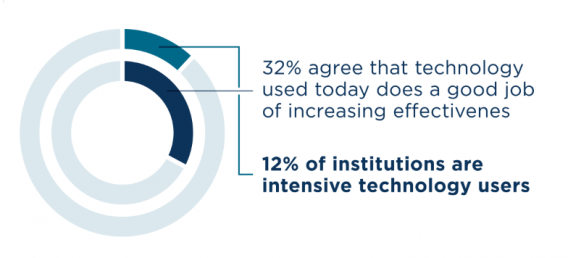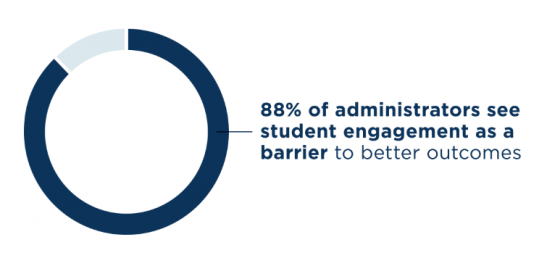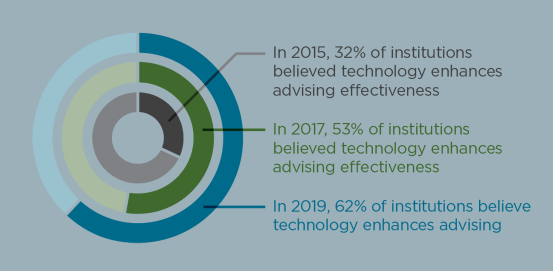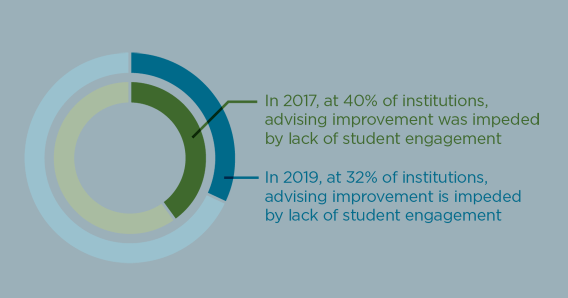iLimitedIn Tyton Partners’ first annual survey on academic advising and planning in higher education, the focus was on how U.S. colleges and universities are using advising and planning technologies in pursuit of improved student guidance and retention rates. They reviewed the rate of adoption of these technologies in degree planning, analytics, and reporting and at-risk early alerts by surveying 1,400 administrators, advisors and faculty.
Change is Hard
The report revealed there is a disconnect between intent and action. A majority of institutions have the interest to utilize new technologies in their overall strategic plans however, it seems to be the adoption and execution of technologies is another matter.


The conclusion from the survey, released in 2016, was that technology would play an even bigger role in the drive for higher education institutions to retain students. Fast forward a few years and the data has changed dramatically. The 2019 survey results support the conclusion that technology would be a turning point for academic advising and planning in higher education.
Technology is Breaking Through
The adoption of technology has increased significantly from the initial survey to the current one. In 2015, the percentage of institutions that believe in the effectiveness of technology in advising efforts was only 32%. Four years later that percentage has almost doubled at 62% of those surveyed.

Student engagement has always stood out as a constant issue for academic advising offices. The 2015 survey reported that an overwhelming 88% of administrators surveyed saw student engagement as a barrier to better outcomes. From 2015 to 2017 the number reduced by over half to 40% and decreased incrementally to 32% in 2019.

Technology’s ability to affect student engagement with higher education staff is undeniable based on these figures. An institution’s ability to effectively support its student body is much better supported by integrating technologies into the process. Change can be hard and budgets can be tight but this data shows the long term payoff is there.

